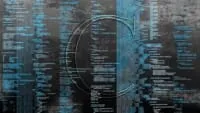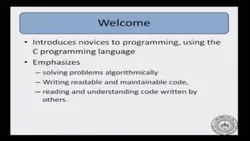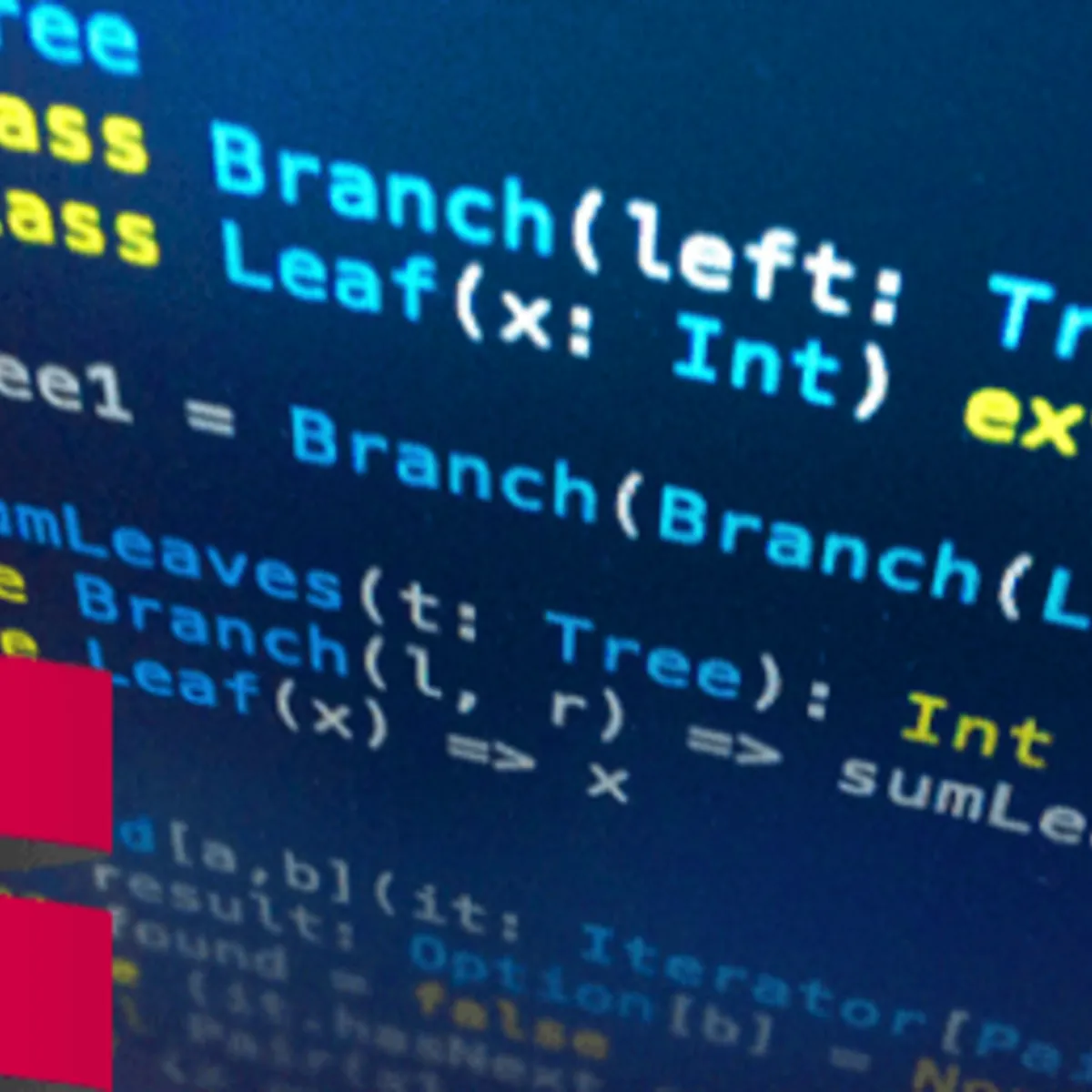
An Introduction to Python Programming 
This free course provides an introduction to the fundamentals of Python programming, including procedural, object-oriented, and functional programming. Gain the skills to start coding in Python today. ▼
ADVERTISEMENT
Course Feature
![]() Cost:
Cost:
Free
![]() Provider:
Provider:
Udemy
![]() Certificate:
Certificate:
No Information
![]() Language:
Language:
English
![]() Start Date:
Start Date:
Self Paced
Course Overview
❗The content presented here is sourced directly from Udemy platform. For comprehensive course details, including enrollment information, simply click on the 'Go to class' link on our website.
Updated in [March 06th, 2023]
This course provides an introduction to Python programming. Students will learn the basics of Python programming, including procedural techniques, object-oriented programming, and functional programming. They will gain a solid understanding of computational logic and will be able to apply this knowledge to solve problems.
The course will cover the most common computer programming paradigms, such as object-oriented and functional programming. Students will learn how to write code that is efficient, readable, and maintainable. They will also learn how to debug and optimize their code.
The course will also cover topics such as data structures, algorithms, and software engineering principles. Students will learn how to design and implement programs that are robust and reliable. They will also learn how to use libraries and frameworks to create powerful applications.
At the end of the course, students will be able to write programs that are efficient, readable, and maintainable. They will also be able to debug and optimize their code. They will have a solid understanding of the fundamentals of Python programming and will be able to apply this knowledge to solve real-world problems.
[Applications]
After completing this course, students should be able to apply the concepts of Python programming to their own projects. They should be able to use procedural techniques, object-oriented programming, and functional programming to create efficient and effective programs. Additionally, they should be able to use computational logic to solve problems and create algorithms. Finally, they should be able to use the most common computer programming paradigms to create programs that are both efficient and effective.
[Career Paths]
1. Software Developer: Software developers create, test, and maintain software applications. They use programming languages such as Python to develop software solutions. Software developers are in high demand, and the job outlook is expected to grow by 22% over the next decade.
2. Data Scientist: Data scientists use Python to analyze large datasets and uncover patterns and trends. They use their findings to inform decisions and create predictive models. Data science is a rapidly growing field, and the demand for data scientists is expected to increase by 28% over the next decade.
3. Web Developer: Web developers use Python to create websites and web applications. They use frameworks such as Django and Flask to create dynamic webpages. Web development is a rapidly growing field, and the demand for web developers is expected to increase by 13% over the next decade.
4. Machine Learning Engineer: Machine learning engineers use Python to develop and deploy machine learning models. They use libraries such as TensorFlow and Scikit-Learn to create and train models. Machine learning is a rapidly growing field, and the demand for machine learning engineers is expected to increase by 44% over the next decade.
[Education Paths]
1. Bachelor of Science in Computer Science: This degree path provides a comprehensive overview of computer science, including programming languages, algorithms, data structures, and software engineering. It also covers topics such as artificial intelligence, computer networks, and computer graphics. With the increasing demand for software developers, this degree path is becoming increasingly popular.
2. Bachelor of Science in Software Engineering: This degree path focuses on the design, development, and maintenance of software systems. It covers topics such as software architecture, software testing, and software project management. This degree path is ideal for those who want to specialize in software engineering and become a software engineer.
3. Master of Science in Computer Science: This degree path provides a more advanced understanding of computer science, including topics such as artificial intelligence, computer networks, and computer graphics. It also covers topics such as software engineering, software testing, and software project management. This degree path is ideal for those who want to specialize in computer science and become a computer scientist.
4. Master of Science in Software Engineering: This degree path focuses on the design, development, and maintenance of software systems. It covers topics such as software architecture, software testing, and software project management. This degree path is ideal for those who want to specialize in software engineering and become a software engineer. With the increasing demand for software developers, this degree path is becoming increasingly popular.
Pros & Cons

Short and intuitive lessons.

Good for those with programming background.

Worth every moment spent learning.

Clearly explained.

Excellent introduction to Python.

No certificate.

Abstract and requires support.

Audio is horrible.

Last lecture was simplified.

No explanation of "Why like this".
Course Provider

Provider Udemy's Stats at AZClass
Discussion and Reviews
0.0 (Based on 0 reviews)
Explore Similar Online Courses

C Programming 2021: Master The Basics!

Introduction to programming in C

RDBMS PostgreSQL

Intro To PostgreSQL Databases With PgAdmin For Beginners

PostgreSQL: Client Applications

Mastering SQL using Postgresql

Database Design and Basic SQL in PostgreSQL

PostgreSQL: Advanced Queries

Spatial SQL with Postgres : A language for geographers

Learn SQL Using PostgreSQL: From Zero to Hero

PostgreSQL Essential Training

Big Data Analysis with Scala and Spark
 Related Categories
Related Categories
 Popular Providers
Popular Providers
Quiz
 Submitted Sucessfully
Submitted Sucessfully
1. What type of programming paradigms will be covered in this course?
2. What type of understanding will you gain from this course?
3. What is the main focus of this course?
4. What is the main purpose of this course?
Correct Answer: To gain a solid understanding of computational logic.


Start your review of An Introduction to Python Programming